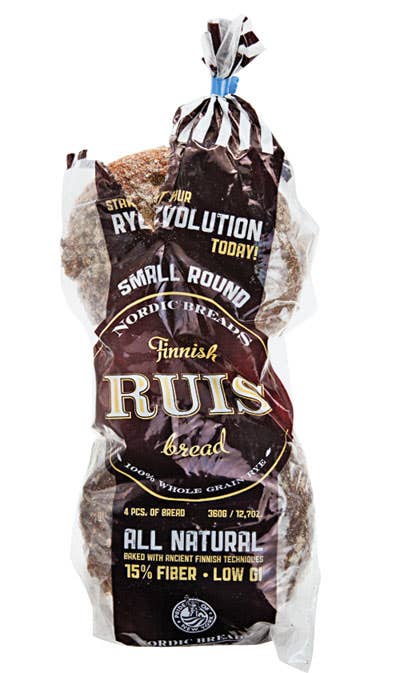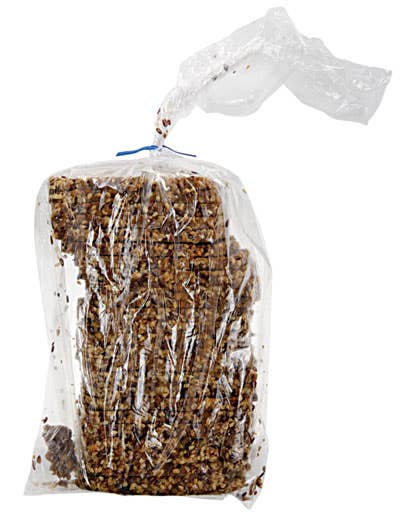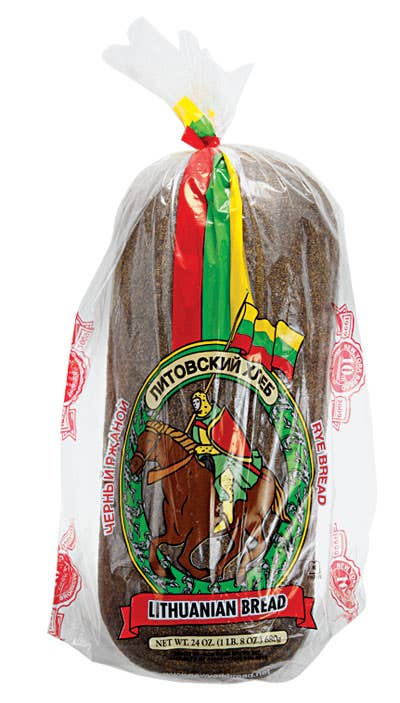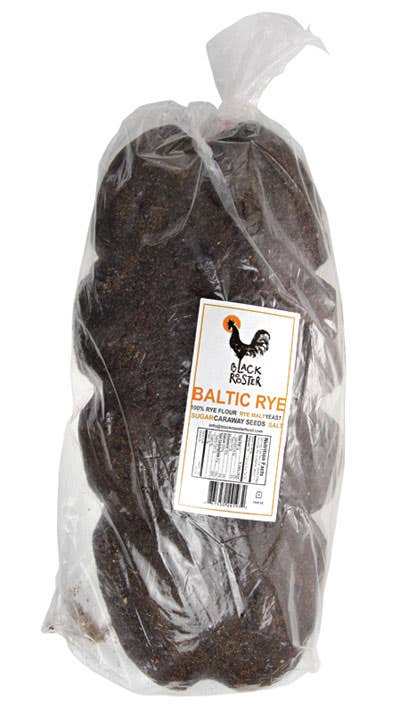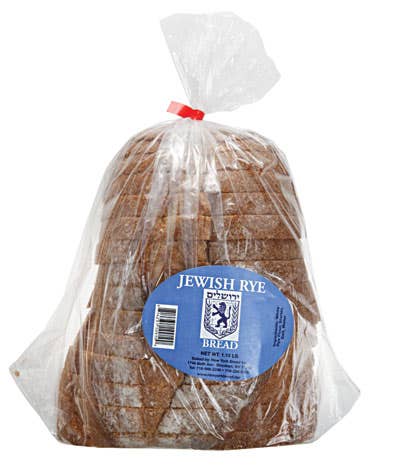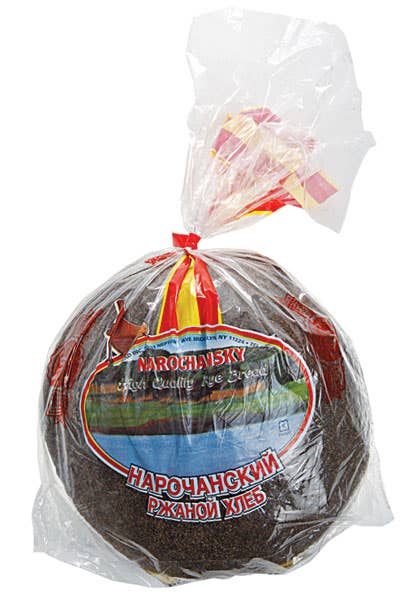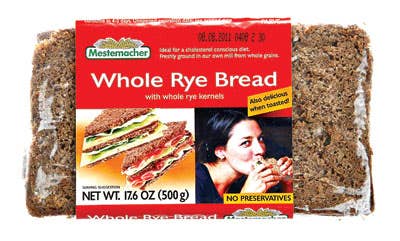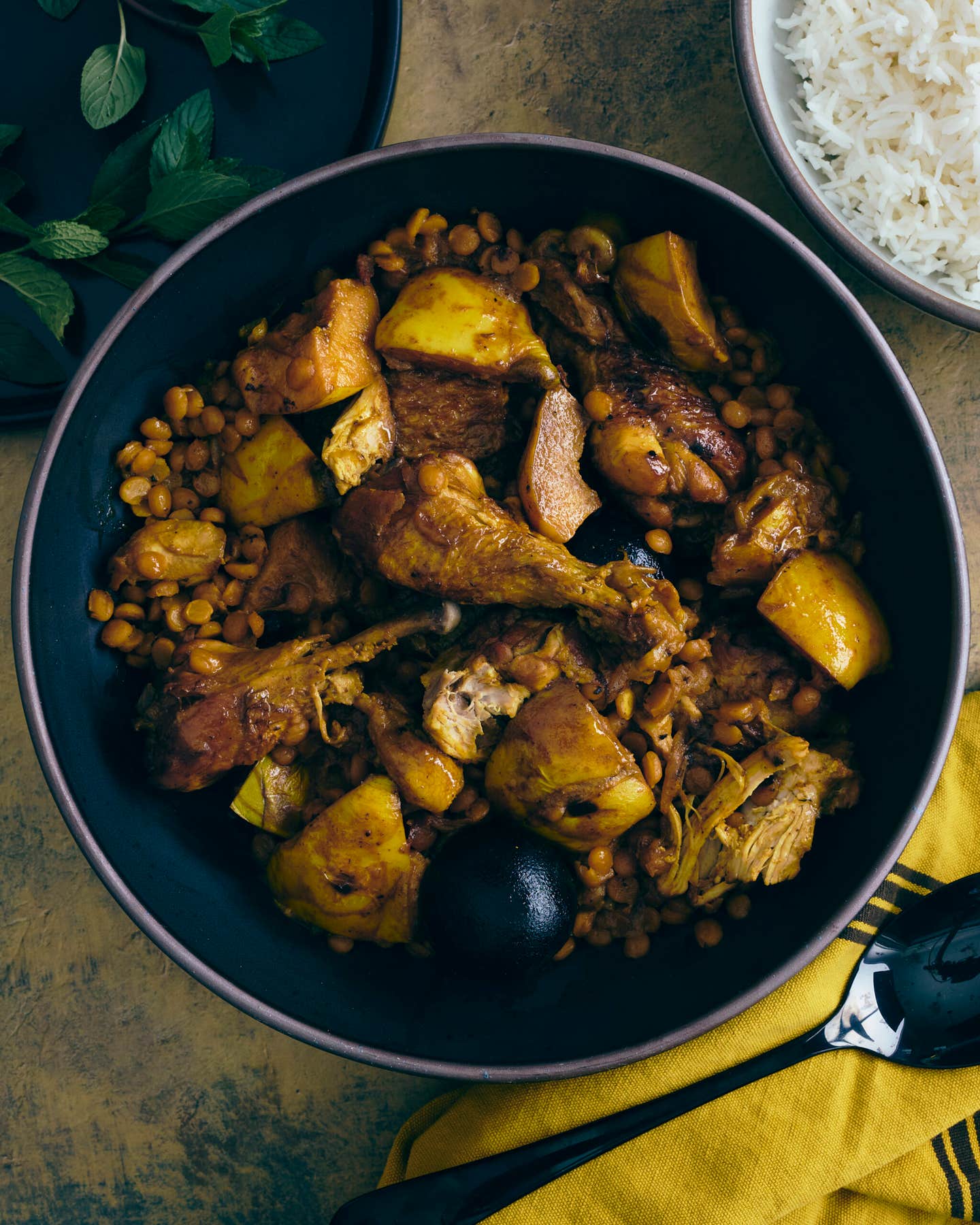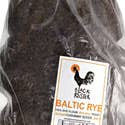
Regional Rye Breads
Rye breads from around the world, including Finnish, German, Lithuanian, Latvian, Jewish, Russian and Danish
Finnish Rye
Finnish Rye Finns bake and eat many kinds of rye breads. A popular whole-grain rye called ruis is round, dense, and flat, with no discernible sourness. It pairs well with mild cheeses and butter.
German Rye
German Rye One popular style of German rye bread, known as vollkornbrot, contains rye flours and whole-kernel rye grains. German bakers are also known for sourdough pumpernickel made with the darkest-grade rye flour.
Lithuanian Rye
Lithuanian Rye Most start with a sourdough base and combine wheat and rye flours to produce a bread of medium color, density, and sourness. Some bakers add scalded milk to their dough to promote fermentation. Instead of caraway, they often flavor their rye with onion or cabbage.
Latvian Rye Latvia’s best-known rye bread is a dark, dense, 100 percent whole-grain rye called rupjmaize, which contrasts sourness with a mild sweetness. Latvian rye goes particularly well with smoked fish, charcuterie, and highly flavored cheeses, such as Roquefort.
Jewish Rye
Jewish Rye This chewy-on-the-outside, tan-color bread, combining rye and wheat flours, along with a rye sourdough starter, originated in Poland hundreds of years ago. Poland’s large Jewish population favored this bread, which in the New World came to be known as Jewish rye, the ultimate deli bread.
Russian Rye
Russian Rye Russians bake many different rye breads. These often combine rye with wheat or other grains. One of the most famous, Borodinsky, commemorates a key battle in Napoleon¿s failed 1812 invasion of Russia. Modern versions of this medium-firm bread combine dark rye and wheat flours, a special sourdough starter, molasses, and ground coriander.
Keep Reading
Continue to Next Story
